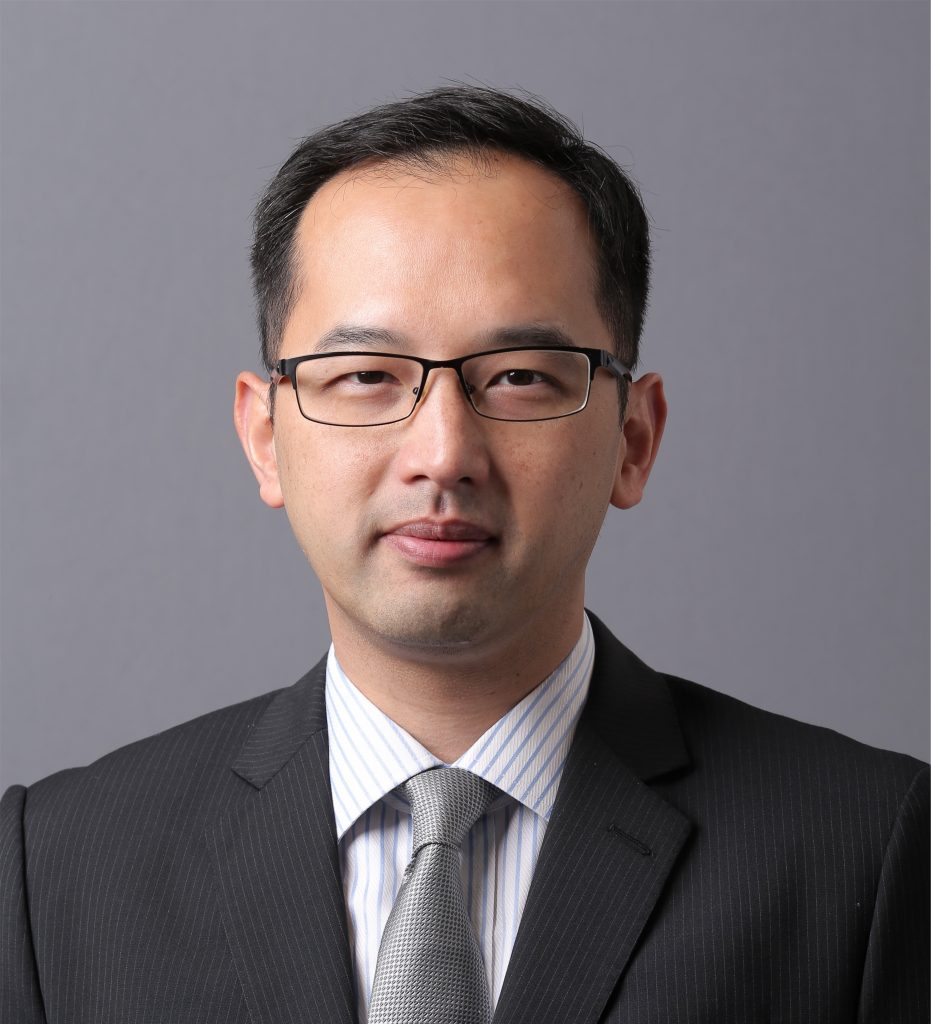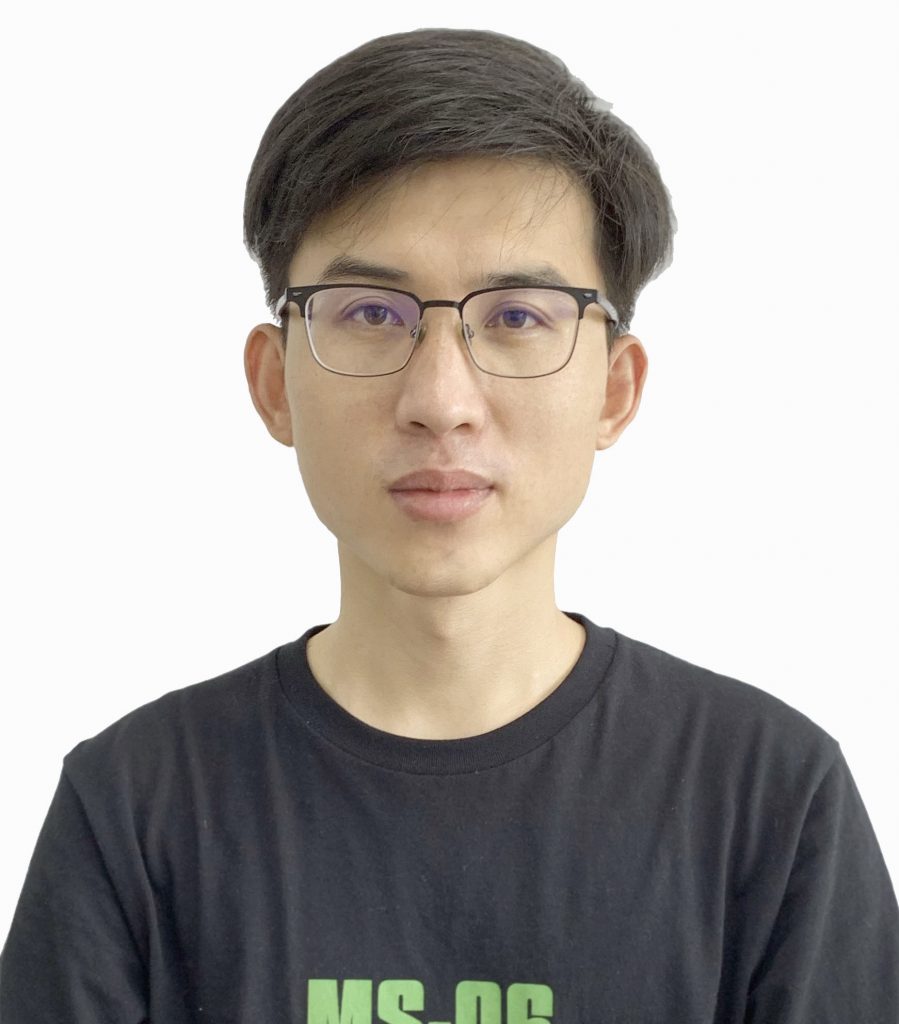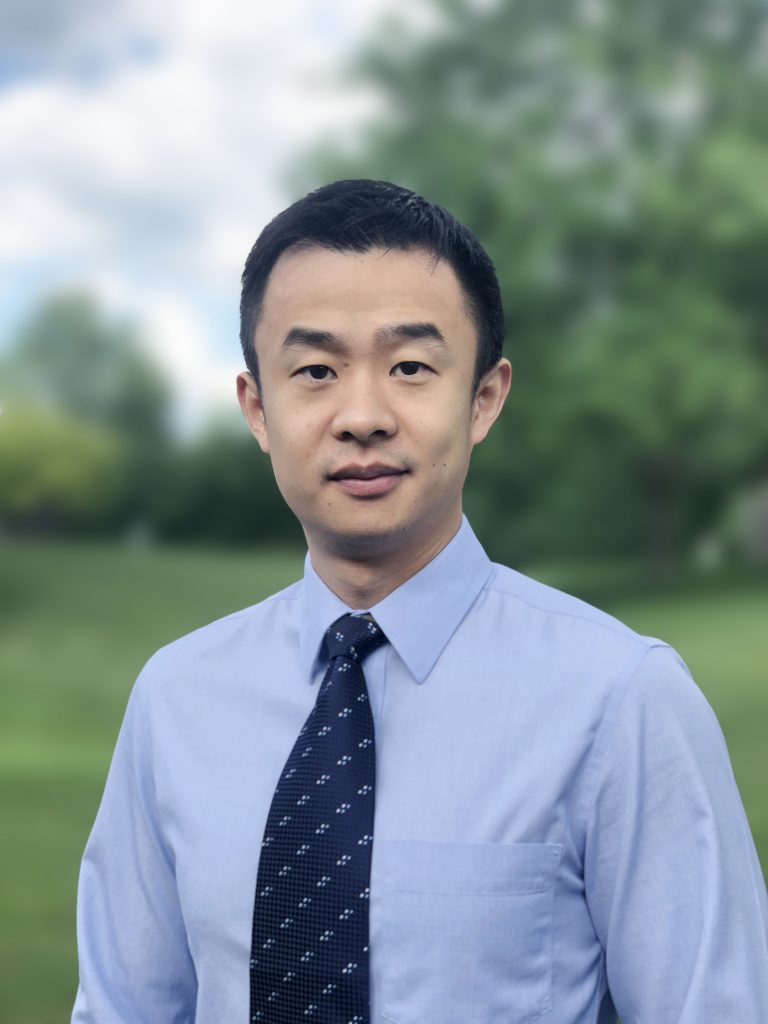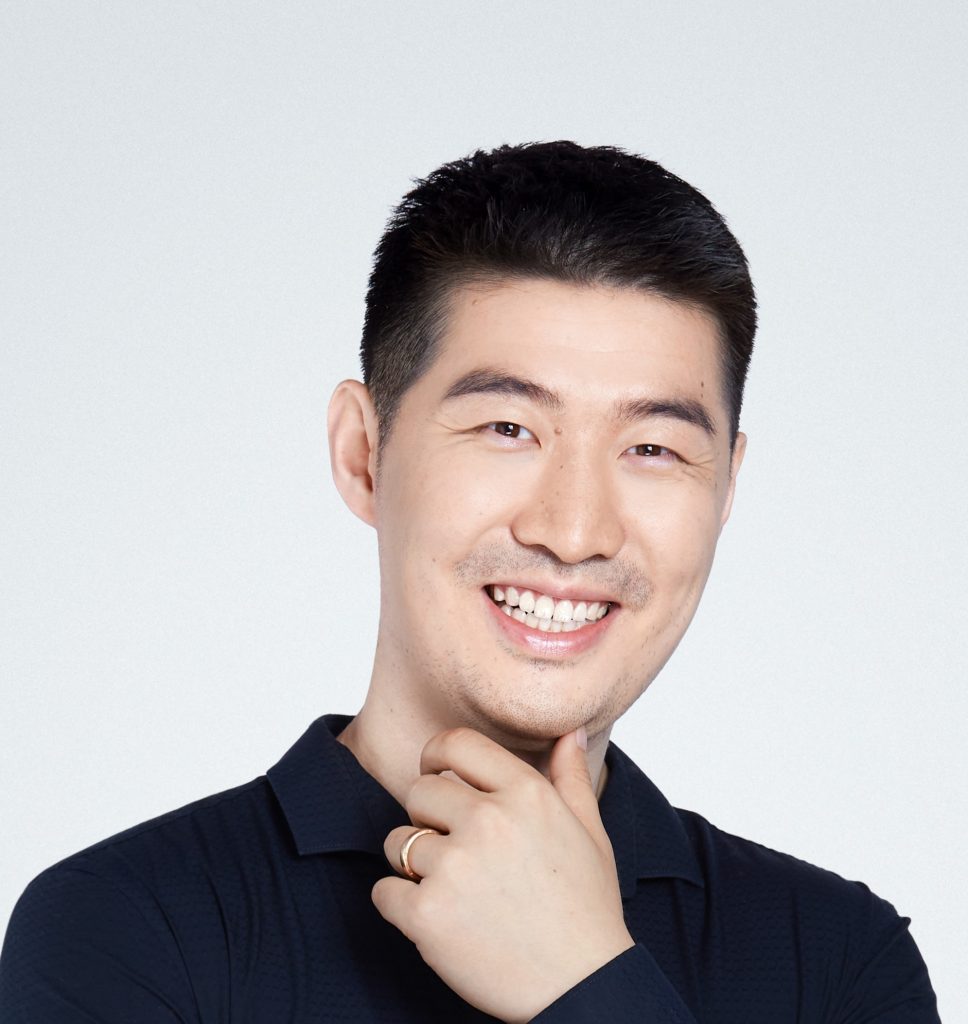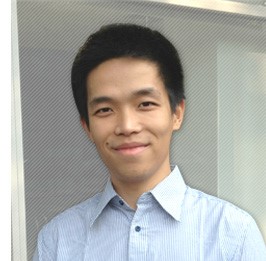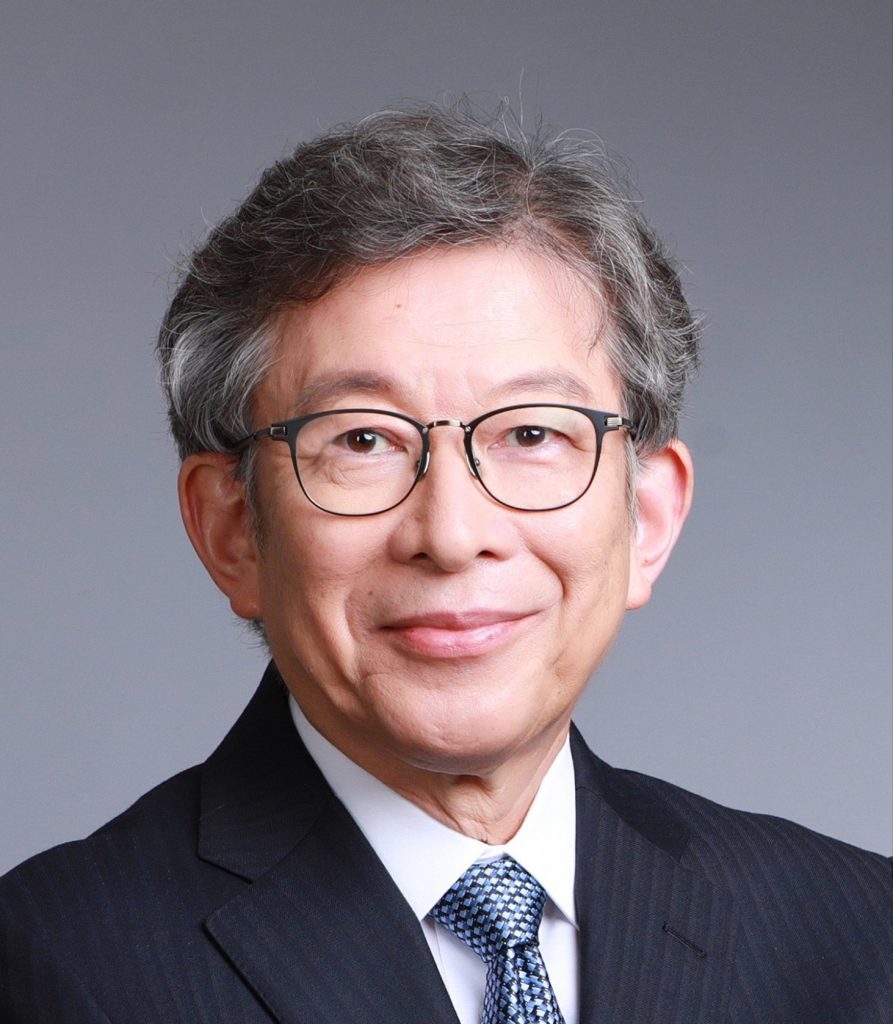TechTalk – Rapid Diagnostic Tests for Emerging Infectious Diseases
Emerging infectious diseases, such as COVID-19 and pandemic influenza, have a significant impact on the healthcare system and the society. Rapid diagnostic tests are essential for guiding patient management and infection control measures, which lead to improvement in patient outcome and prevent outbreaks in the community and in hospitals. In recent years, fully automated testing has greatly reduced the complexity of diagnostic testing and shortened the turn-around time. Despite their potential benefits, several challenges need to be addressed. In this talk, Professor To will present the advances in rapid diagnostic testing, and will discuss about the hurdles in implementing these novel technologies in real-life settings.

